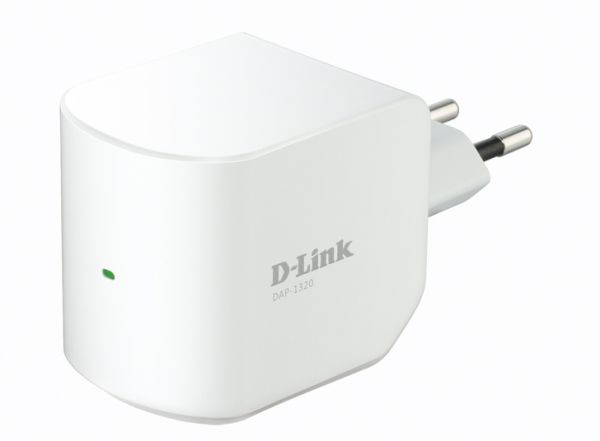
DAP-1320EOL EOS
Wireless N300 wireless repeater to increase the coverage area
Tanımlama
Wireless repeater DAP-1320 is a portable device that increases the range of the existing network. The device can be placed anywhere in your home. Compact that fits in the palm of DAP-1320 has a high capacity and supports wireless networking speeds of up to 300 Mbit / s.
Easy setup and use
There are several simple ways to set up a wireless repeater DAP-1320. You can use the application QRS Mobile, supported by mobile devices on the platform iOS or Android. You can configure the one-touch WPS button on the repeater DAP-1320 and the router or access point coverage which should be increased. In addition, you can just turn DAP-1320 into an electrical outlet, connect to the device over the wireless network from a computer or mobile device and follow the steps wizard.
Compact and easy to install design
The compact size allows you to install a repeater at home or in a small office, the device does not occupy much space and is ready for operation immediately after the connection. Wireless repeater is connected directly to an electrical outlet, so no need for extra cables and bulky power supplies. Thanks to a neat and compact design DAP-1320 will fit perfectly into any interior.


